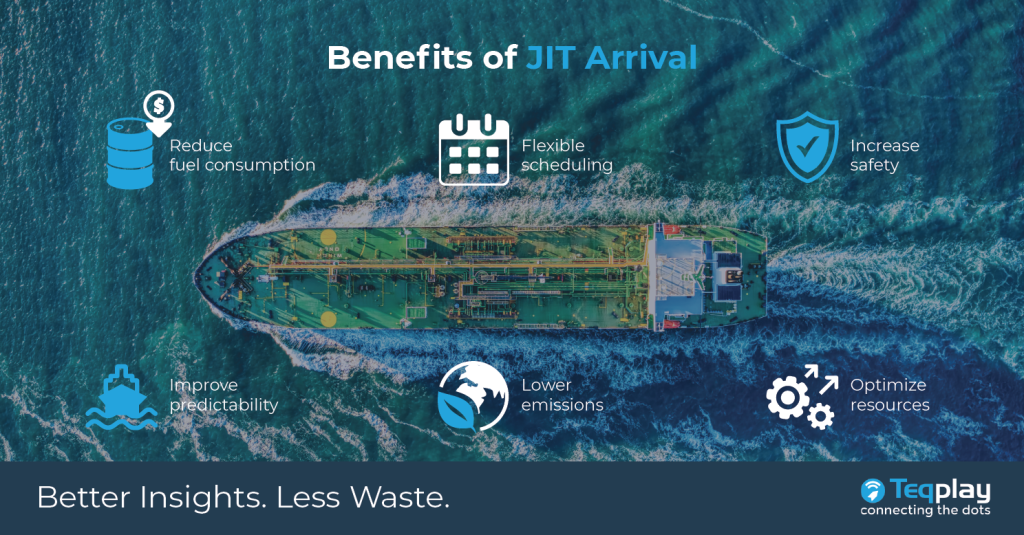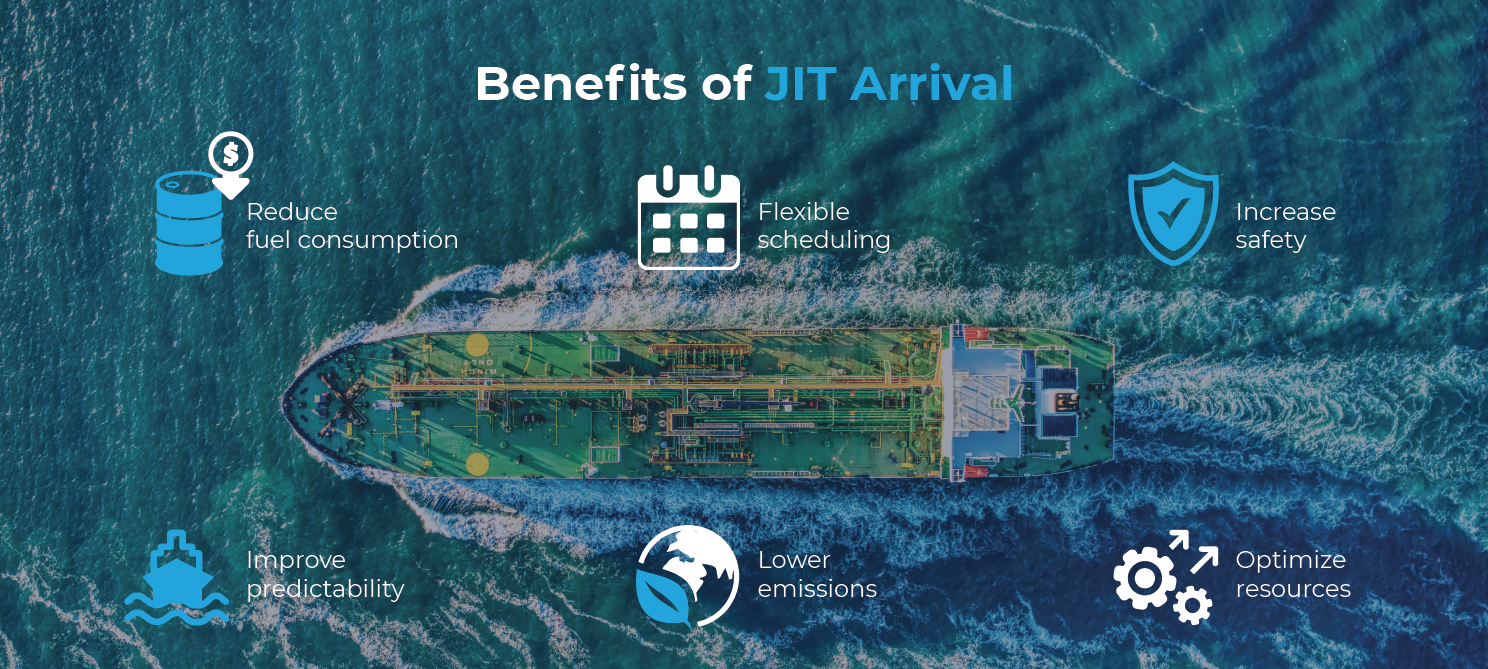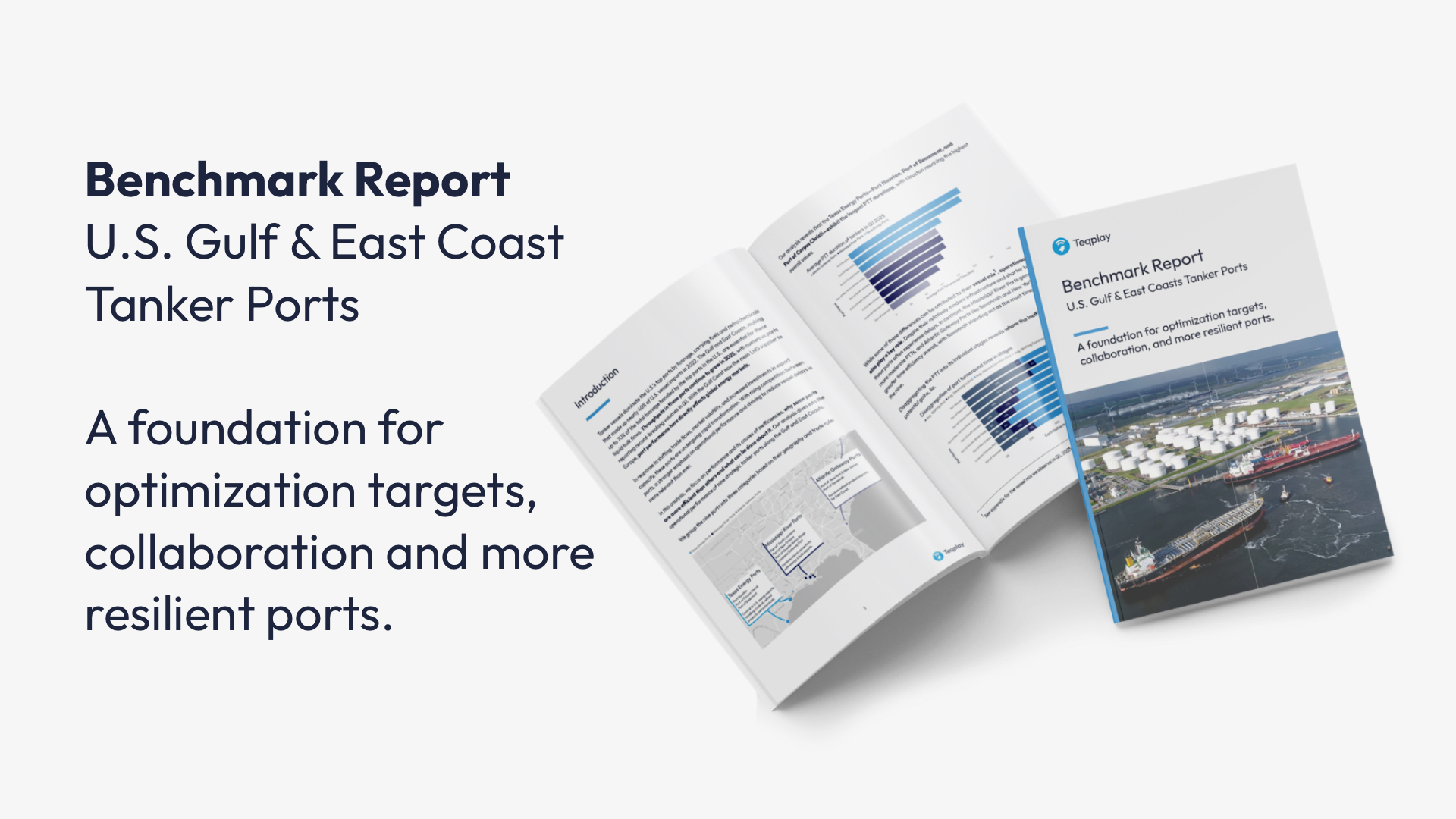Despite various innovations in the maritime industry in the past decade, the port call process remains inefficient. Vessels often need to quickly move to the next port, only to have to wait upon arrival due to unavailability of berth.
Just In Time (JIT) is a concept that has become the cornerstone of supply chain management. As demand goes up, cost soars, and climate change concerns increase, businesses need an optimal strategy to orchestrate their operations. In order to reduce the inefficiencies plaguing the port call process, it is a necessity to achieve JIT Arrival in shipping.
The aim of JIT Arrival is to reduce and ultimately eliminate waiting time for vessels. The vessel can sail for a longer period of time at a more optimal speed to achieve this goal.
JIT Arrival in shipping has gained a lot of traction in the maritime industry, since it is undeniably very beneficial when correctly utilized. Such benefits include:
1. Reduce consumption of fuel & lower emissions
Thanks to the optimal sailing speed, the efficiency of the vessel’s engine will increase and reduce overall fuel consumption in the voyage. The reduced waiting time also helps mitigate additional emission from maneuvering the vessel around the port.
2. Increase asset utilization
JIT enables businesses to capture the most value out of their assets by optimizing the port call processes and minimizing associated costs.
3. Optimize utilization of resources
With the reduction of fuel consumption and improved asset utilization, operations become more efficient and resources are better utilized, including human resources.
4. Allow flexible scheduling and higher predictability
Predictability is the cornerstone of JIT Arrival strategies. By using predictive tools and minimizing unwanted delays, vessels and ports are allowed to be more flexible in their planning and scheduling.

Better planning, safety and lower emissions also help businesses ensure compliance in processes.
However, for maritime operations it is still hard to implement JIT strategies because of the volatility and risk involved, both in physical circumstances and the contracts. The maritime industry is still slow to implement JIT Arrival, due to the following challenges:
- Lack of standard clauses for JIT Arrival.
- Complicated calculations for sharing the costs and revenues from the implementation of JIT Arrival.
- Hard to standardize processes due to the fragmented market with many stakeholders.
- Without guarantee of financial benefits, stakeholders are not likely to implement JIT Arrival.
- Reluctance to change in the shipping industry.
Despite these difficulties, it is important for the industry to step up in utilizing JIT Arrival strategies to overcome challenges and optimize port calls. One of the first steps is to embrace digital transformation of maritime processes. This will enable data-driven, more sustainable and efficient ways of working.

Mai Zaki | Account Manager at Teqplay
Passionate about #portcall, #supplychain, #optimization, #digitalinsights, and the #maritimeindustry.
- +31 (0)6 20478530
- mai@teqplay.com
- Mai Zaki




